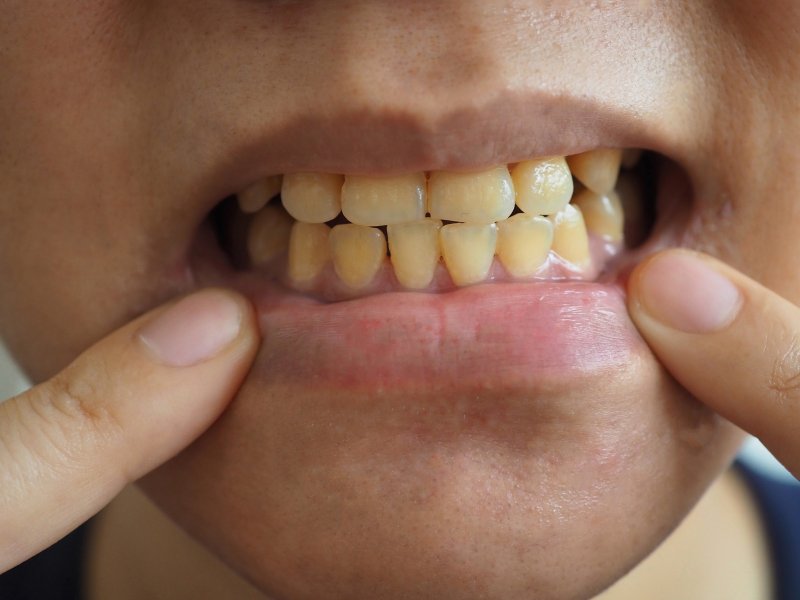
It’s easy to think all stained teeth are alike, at least at first glance. You could easily assume that each has the same causes, traits, and so on. Still, you’d be in the wrong; the truth is that there are several different types of tooth stains. You’ll need to know about these in detail to ensure your smile stays white and bright. That being the case, please keep reading to learn about the types of tooth stains and how to treat them.
The Major Types of Tooth Stains
Even if they seem similar initially, tooth stains come in three distinct types. These are:
Extrinsic or ‘Surface’ Stains
Extrinsic tooth stains develop on the surface of your teeth. In general, they occur when dark particles from foods, drinks, and similar sources cover your enamel. These bits can wedge into the pores of your teeth and distort their coloring, making your smile look off.
Notable sources of extrinsic tooth stains include coffee, wine, berries, cigarettes, and so on.
Intrinsic or ‘Interior’ Stains
Intrinsic stains (per their name) are those below a tooth’s surface. Unlike extrinsic ones, they develop when particles and other forces gather beneath your enamel and stain a tooth’s inner (but visible) regions. That means they can be resistant to certain whitening products.
Some sources of intrinsic stains are excess fluoride, medications, tooth trauma, and decay.
Age-Related Stains
Age-related stains come about through the aging process. In particular, they form when the enamel on your teeth wears away and exposes the underlying dentin. Such stains often worsen from extrinsic causes like dark-colored meals and tobacco, and they can become glaring in old age. (Dentin naturally darkens with time.)
How Dentists Remove Tooth Stains
Cosmetic dentists have several ways to remove the three types of tooth stains. In fact, they can often treat the discoloration with the following:
- Teeth Whitening – This treatment uses bleaching gel to directly brighten your smile’s enamel. To that extent, it’s quite suitable for a patient’s extrinsic stains.
- Cosmetic Dental Bonding: With cosmetic dental bonding, a dentist hides your smile flaws with tooth-colored resin. The procedure is thus best for intrinsic or age-related stains.
- Veneers: Veneers are thin, porcelain layers placed on the fronts of teeth. Once set, they cover up extrinsic, intrinsic, and even age-related stains.
You can only treat the types of tooth stains when you know them in detail. So, remember the facts above as you look into dental work!
About the Practice
Erin Dental is based in Little Ferry, NJ. Led by Dr. Erin Peters herself, our practice offers tailored dentistry that’s sure to meet your smile’s needs. We offer preventive, cosmetic, and even restorative services to easily treat patients of all ages. Whether you’re a toddler, a senior, or somewhere in between, our team is ready to help your grin thrive! For more details or to book a visit, please contact us on our website or by phone at (201)-641-9119.
